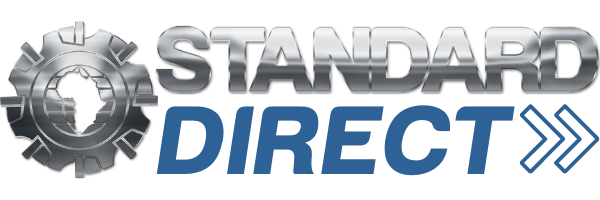Miraco 3d Scanner now under $2000...
Miraco 3d Scanner now under $2000...
This CNC horizontal milling and boring machine represents a pinnacle of CNC machine tool development, integrating advanced foreign manufacturing technology with extensive enhancements and upgrades. This machine now offers a comprehensive modular series of products. It boasts mature process capabilities, ensuring stable product quality. Its technical specifications and software and hardware configurations meet international standards, positioning it as a high-end CNC product.
Equipped with boring, milling, drilling (including drilling, expanding, reaming), tapping (rigid tapping), countersinking, and other processing functions, this machine features an excellent CNC system that enables linear interpolation, circular interpolation, and four-axis linkage. The CNC rotary table allows for multi-process machining of hole groups, hole systems, and plane surfaces on four sides of the workpiece in a single clamping operation.
The CNC horizontal milling and boring machine finds wide application in industries such as shipbuilding, transportation, railways, energy, wind power, nuclear power, heavy machinery, metallurgy, mining, engineering machinery, petrochemical machinery, internal combustion engines, water pumps, and other general mechanical processing industries. It is the preferred equipment for processing components such as boxes, shells, and machine bases.
Delivery is 16-24 Weeks from Deposit
Using a CNC Horizontal Boring Mill involves several key steps:
1. Machine Setup:
2. Tool Setup:
*Information shown may differ or change without warning*
We use Fanuc or Siemens CNC controllers.
We use Fanuc or Siemens CNC controllers.
Machine Specialists
International Sales
Online Support
Superior Quality Products
This CNC horizontal milling and boring machine represents a pinnacle of CNC machine tool development, integrating advanced foreign manufacturing technology with extensive enhancements and upgrades. This machine now offers a comprehensive modular series of products. It boasts mature process capabilities, ensuring stable product quality. Its technical specifications and software and hardware configurations meet international standards, positioning it as a high-end CNC product.
Equipped with boring, milling, drilling (including drilling, expanding, reaming), tapping (rigid tapping), countersinking, and other processing functions, this machine features an excellent CNC system that enables linear interpolation, circular interpolation, and four-axis linkage. The CNC rotary table allows for multi-process machining of hole groups, hole systems, and plane surfaces on four sides of the workpiece in a single clamping operation.
The CNC horizontal milling and boring machine finds wide application in industries such as shipbuilding, transportation, railways, energy, wind power, nuclear power, heavy machinery, metallurgy, mining, engineering machinery, petrochemical machinery, internal combustion engines, water pumps, and other general mechanical processing industries. It is the preferred equipment for processing components such as boxes, shells, and machine bases.
Delivery is 16-24 Weeks from Deposit
Using a CNC Horizontal Boring Mill involves several key steps:
1. Machine Setup:
2. Tool Setup:
*Information shown may differ or change without warning*


